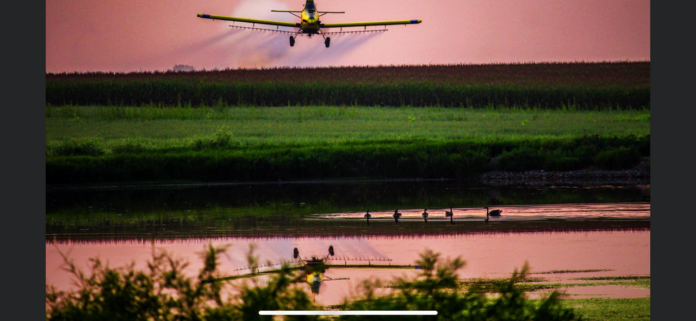In my earlier years (in the days of DOS operating systems), I had a family with a small child and couldn’t travel too far away. Since I’m from Arkansas, I focused my business on the nearby states of Arkansas, Mississippi, Louisiana, and Texas. Later, when we started going to the national conventions, we began to cover more states.
I started noticing early on that each business had its workflow and how unique each region was. Very few customers cared about printing their applied log data from their GPS systems in the south. However, in the Mid-West, many customers require it before they could receive payment for their work.
Adding this feature was a challenge, but has been very beneficial to the operator so they can make their customers happy.
The “corn run,” as it’s often called, comes upon you quickly, and you better be prepared. Many times, these operations and/or applicators are contracted out. Many pilots come from all over to help. Last year some of my operators got so busy they said they couldn’t handle it all.
I love that the Driftwatch program has added a feature for the detasselers to log in to their system and mark the area they will be working in. Since Chem-Man streams with this program, the area will instantly display the detasselers area on the map as an obstruction. Anything to help from causing an issue is always a good thing.
In California, there is a very different workflow. Most often, a recommendation will be made by a consultant and then sent to the operation. We stream with a program called Agrian that automatically downloads the recommendation into our system so it doesn’t have to be re-entered (although the job can also be added manually). Then there is a limited time period after the job has been sprayed where the operator must report this information to the county. We have an interface with “Calag,” the central unit that reports data to the counties.
We are seeing more operations that work with timber spraying and must upload the shapefiles for the area to be sprayed. Then they must report these files back to the entity they are spraying for with the applied data. (Sometimes this may be a governmental entity and sometimes not).
In the south, most operations prefer to print out all of their invoices on one statement, while in other areas, most often individual invoices.
Some areas are more prone to selling chemicals and need a feature (spreadsheet) to be downloaded so they can get reimbursed by certain chemical companies that offer this option.
Some of the new trends for many operations are wireless GPS systems, pre and post notifications of the areas sprayed, and emailing of statements (due to many regions having issues with snail mail).
As we grow, we see even more requirements, such as particular forms, etc., that are starting to be required.
Years ago, I had about 20-30 options on a screen called “System Settings.” Now we probably have over 200 options with multiple tabs. We get daily requests for many more options.
I used to tell myself, “One day, Chem-Man will cover every type of request and option that is needed.” However, I’ve realized that, as with everything else, adaptation to change will always be necessary due to the evolving laws, technology, and the demand for more data.
I always want to please everyone and wish that development was faster. I realize you’ll never please everyone, but we strive to do our best. Our customers are great, and I always appreciate it when they are thankful for the updates.
Y’all stay safe out there!
Regina





